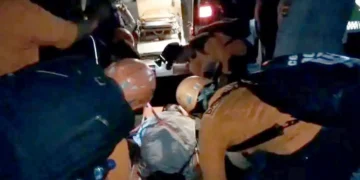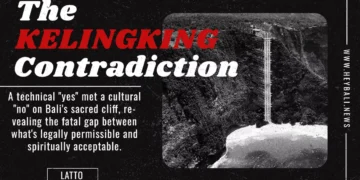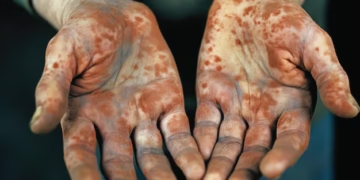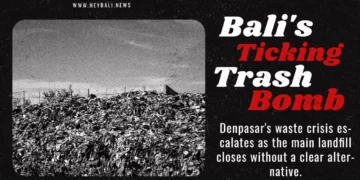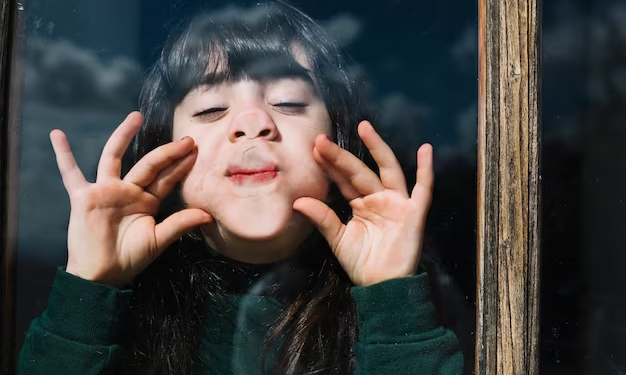Invisible Child Syndrome – The rice fields outside Ubud sway in hypnotic patterns, but you learned early to be still. To fold yourself smaller than your shadow. To master the art of existing without leaving traces—no ripples, no demands, just perfect compliance. If this sounds familiar, you might be what therapists call the invisible child.
Not neglected. Not abused. Just… unseen.
1. The Art of Becoming Air (invisible child syndrome)
You were the “good kid.” The one who never cried when scraped knees bled, who turned homework in early, who learned to laugh exactly when expected. Your superpower? Anticipating needs before they were spoken.
Psychologists call this preemptive obedience—a survival tactic in dysfunctional families. While siblings rebelled or demanded attention, you discovered safety in silence. Now, as an adult, you still catch yourself:
- Holding breaths when someone enters a room
- Rehearsing conversations before they happen
- Feeling guilty for existing loudly
The irony? Your invisibility was an act of fierce self-preservation.
2. The Identity That Never Formed (invisible child syndrome)
Ask yourself: Who am I when no one’s watching?
Invisible children often draw blanks. Raised without mirrors (metaphoric or literal) to reflect their worth, they become experts at shape-shifting. You might:
- Adopt hobbies based on partners’ interests
- Feel phantom-like in group photos
- Describe yourself in roles (“employee,” “daughter”) rather than essence
Bali’s subak farmers know: Even the smallest rice shoot needs sunlight to grow. You were kept in shade.
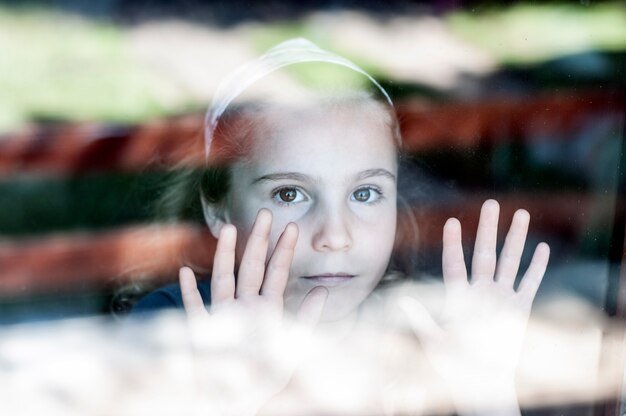
3. Fantasy as Fortress (effects of emotional neglect)
Your first love wasn’t a person—it was the idea of people. Books. K-dramas. That imaginary friend who never forgot your birthday.
This wasn’t escapism. This was architecture. You built entire worlds where:
- Emotions had predictable endings
- Heroes noticed side characters
- Love didn’t come with fine print
Now, real intimacy feels like walking onto a stage without lines.
4. Trust as a Foreign Language (invisible child adulthood)
Last week, a Balinese healer told me: “Trauma is a thief that steals your ‘yes’ before you can say it.”
Invisible children grow into adults who:
- Ghost at the first sign of conflict
- Secretly test partners’ loyalty
- Feel nausea when someone actually remembers their coffee order
Your nervous system still believes: Attention is the prelude to pain.
Here’s what the rice fields know that you’re learning:
- Visibility is a muscle – Start small. Wear the loud shirt. Say “I disagree.”
- Your needs are not grenades – That friend who asks about your day? Let them.
- Healing isn’t linear – Some days you’ll still fold into nothingness. And that’s okay.
Final Thought Invisible Child Syndrome :
You weren’t born invisible. You were taught transparency. But even the clearest water casts shadows when the light shifts.
“The opposite of neglect isn’t attention—it’s allowance. Permission to take up space without earning it first.”
— Hey Bali’s Guide to Unlearning Invisibility




